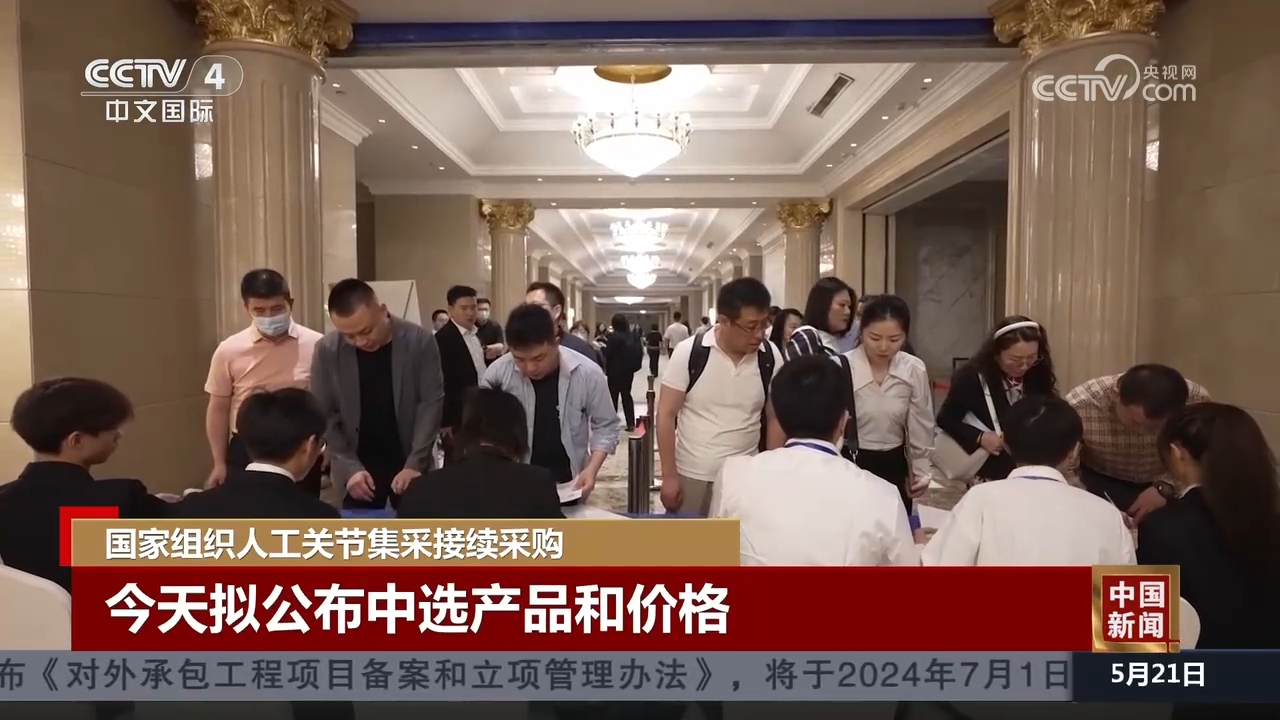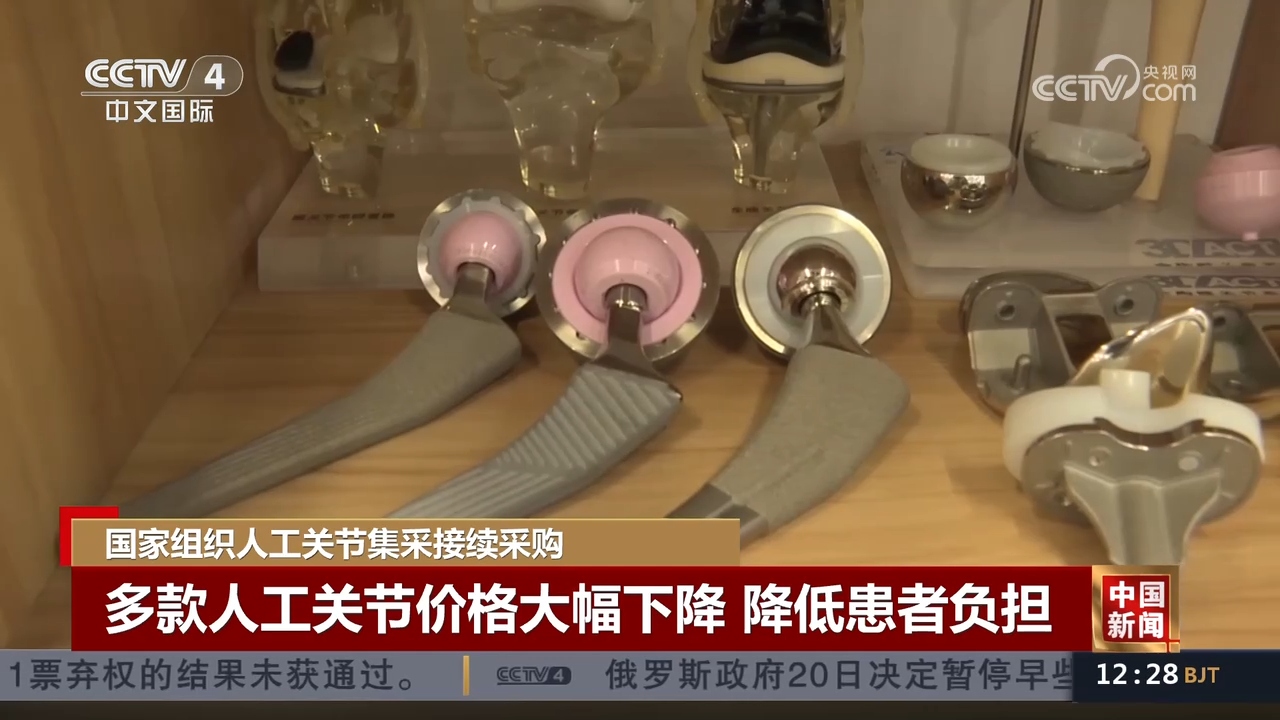CCTV News:Recently, a number of economic data were released. The data shows that fiscal revenue has maintained a recovery growth, social electricity consumption has rebounded, and the Hong Kong-Zhuhai-Macao Bridge has exceeded 10 million passengers this year … … Judging from a number of indicators, China’s economic operation is generally stable, continuing the trend of recovery.
Ministry of Finance: 1— In April, the national general public budget revenue was 8,092.6 billion yuan.
The Ministry of Finance issued 1 on the 20th—Operation of fiscal revenue and expenditure in April. 1— In April, the national general public budget revenue was 8,092.6 billion yuan, down 2.7% year-on-year. After deducting the influence of special factors such as raising the base of small and medium-sized enterprises in the same period last year and the tax reduction policy introduced in the middle of last year, it increased by about 2%. 1— In April, the national general public budget expenditure was 8,948.3 billion yuan, a year-on-year increase of 3.5%, and the growth rate was 0.6 percentage points higher than that in the first quarter.
National Development and Reform Commission: 1—In April, electricity consumption of the whole society increased by 9.0% year-on-year.
The reporter learned from the National Development and Reform Commission that in the first four months of this year, the electricity consumption of the whole society increased by 9.0% year-on-year, and 50 fixed asset investment projects were approved, with a total investment of 320.7 billion yuan.
1— In April, the electricity consumption of the whole society increased by 9.0% year-on-year; By industry, the electricity consumption of primary production, secondary production, tertiary production and residents’ life increased by 10.1%, 7.5%, 13.5% and 10.8% respectively; In terms of regions, the growth rate of electricity consumption in 11 provinces (autonomous regions and municipalities) exceeded 10%. In April, electricity consumption of the whole society increased by 7.0% year-on-year.

From the perspective of power generation, 1-mdash; In April, the national industrial power generation was 2,932.9 billion kWh, a year-on-year increase of 6.1%. In April, power generation was 690.1 billion kWh, an increase of 3.1%.
1— In April, the National Development and Reform Commission approved 50 fixed assets investment projects with a total investment of 320.7 billion yuan, mainly in high-tech and water conservancy industries. Among them, 20 fixed assets investment projects were approved in April, with a total investment of 115.2 billion yuan.
The Hong Kong-Zhuhai-Macao Bridge has more than 10 million inbound and outbound passengers this year.
The reporter learned from the border checkpoint of the Hong Kong-Zhuhai-Macao Bridge that as of 9: 40 am on the 21st, the number of inbound and outbound passengers passing through Zhuhai Highway Port of the Hong Kong-Zhuhai-Macao Bridge exceeded 10 million this year, an increase of over 127.7% year-on-year, achieving the goal of breaking 10 million passengers four months ahead of 2023, setting a new record for the fastest time since the port was opened. Among them, the number of passengers from Hong Kong and Macao reached 6.025 million, up 126.3% year-on-year, accounting for 60.4% of the total passenger flow at ports, and the number of single-brand vehicles from Hong Kong and Macao exceeded 1.095 million, with an average monthly increase of over 10%.
The state organizes the centralized procurement of artificial joints to reduce the burden of patients seeking medical treatment
On May 21, the state organized the centralized procurement agreement for artificial joints to be purchased in Tianjin after the expiration, and the enterprise submitted the application materials and opened the bid on the spot. The products and prices to be selected will be announced on the afternoon of the 21st.

At 8: 30 in the morning, representatives of enterprises involved in continuous procurement began to submit materials on the spot one after another. The products purchased this time are medical consumables for artificial joints, and the product range is the same as that of the first round of national organization of artificial joints, including artificial total knee joints and artificial total hip joints.
The reporter learned that a total of 6,281 medical institutions across the country reported that the procurement demand for artificial joints reached 581,600 sets, an increase of 7.42% compared with the first round of centralized procurement agreements two years ago, involving 61 enterprises to bid on the spot.

Previously, the average price of the first round of national artificial joint collection dropped from 35,000 yuan to about 7,000 yuan, and the average price of the knee joint dropped from 32,000 yuan to about 5,000 yuan, a drop of about 80%. Since the implementation of the election results in April 2022 for two years, a total of 1,116,200 sets of artificial joints have been collected, saving 32.891 billion yuan in procurement costs according to the price before collection, and reducing the burden of patients seeking medical treatment.


